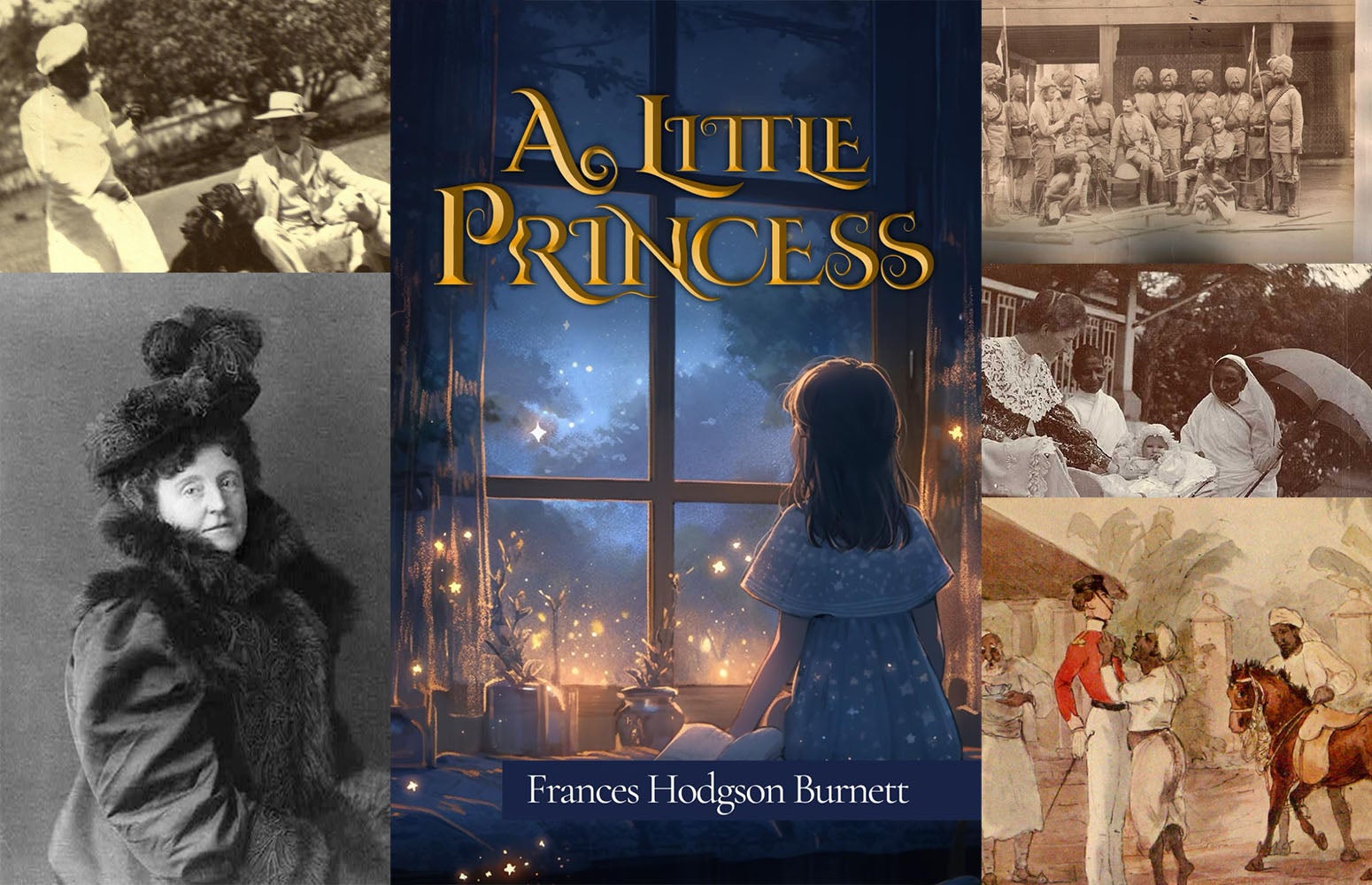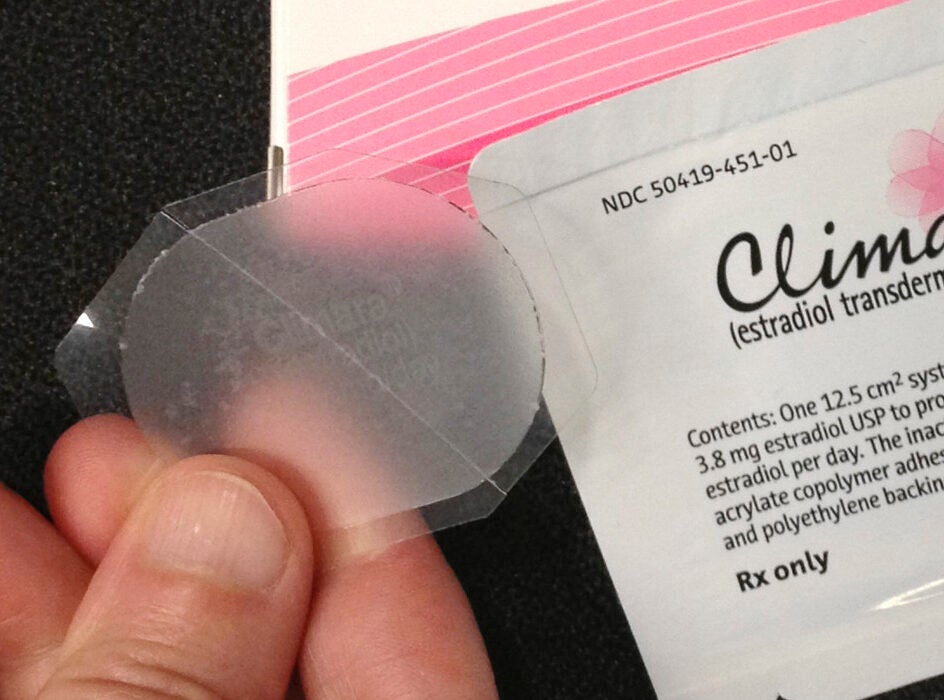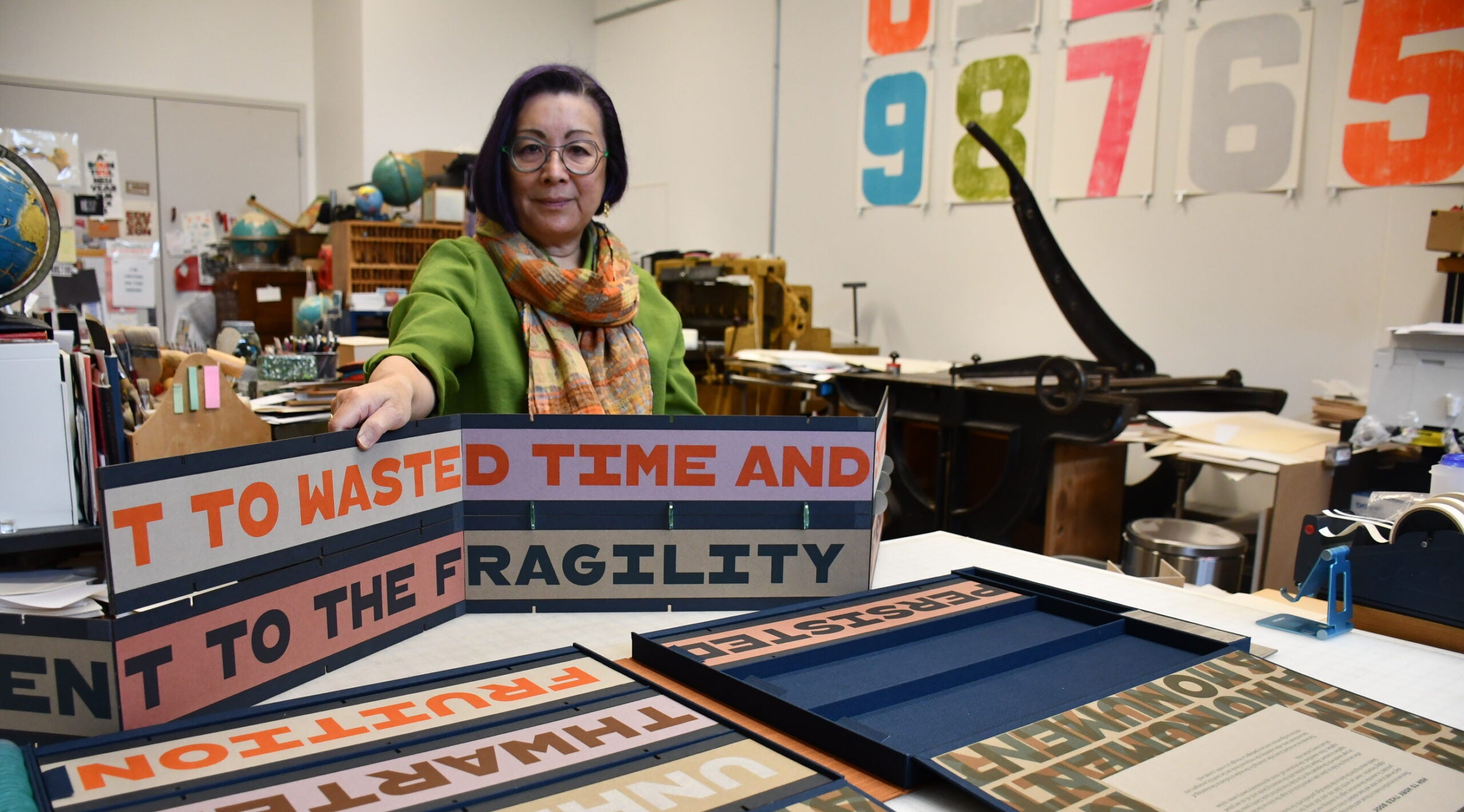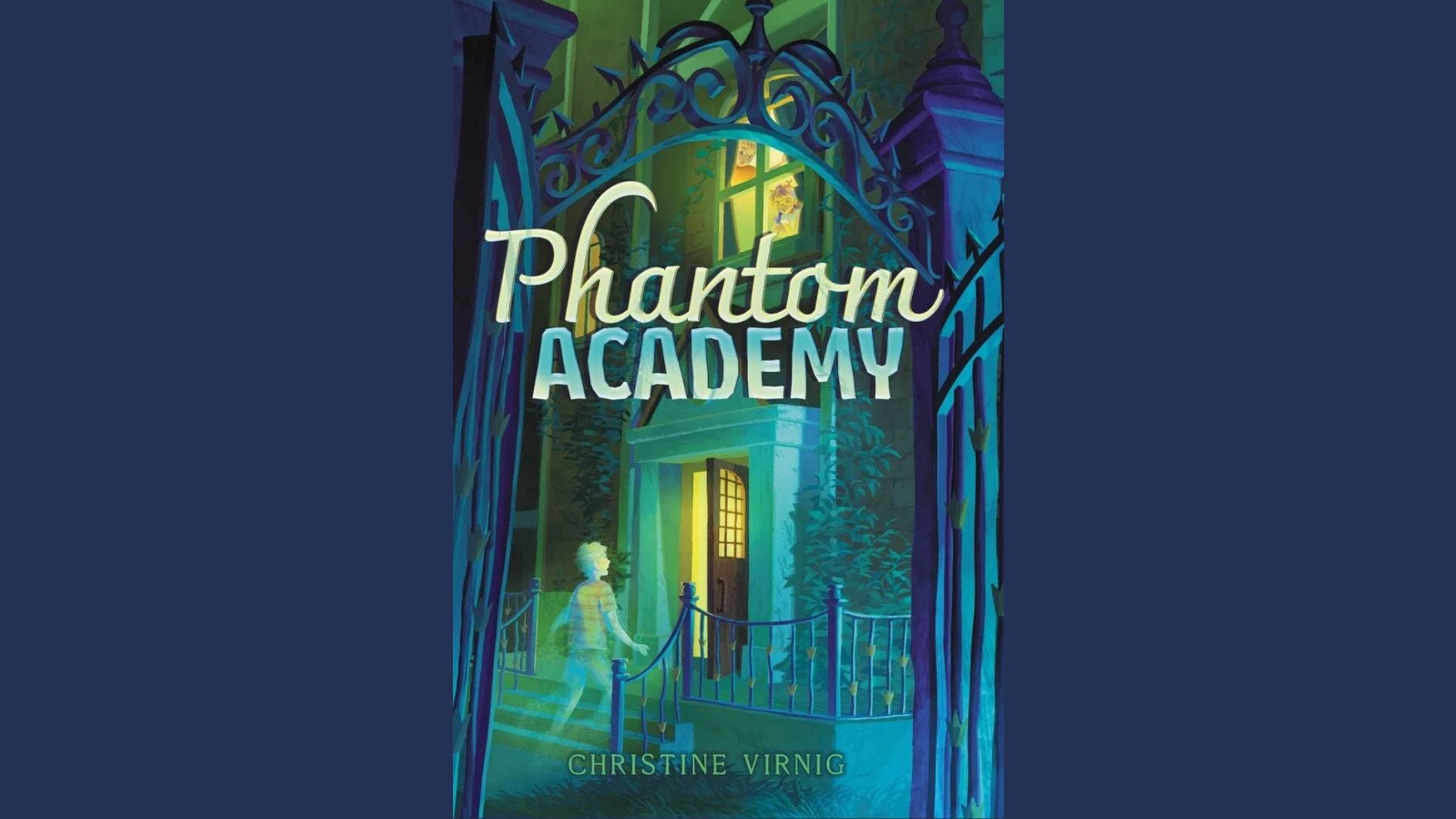Mesmerism, water therapies, homeopathy and phrenology were popular courses of treatment in the 18th and 19th centuries. Larry Meiller learns about these fascinating treatments, and the surprising ways that they laid the groundwork for much of modern medicine.
Featured in this Show
-
'Irregular Medicine' Offered 19th-Century Women Professional Opportunities
As the saying goes, sometimes fact is stranger than fiction. And when one takes a closer look at the history of medicine, that’s definitely the case.
Erika Janik is a historian and the author of several books, most recently, “Marketplace of the Marvelous: The Strange Origins of Modern Medicine.” She writes frequently for the Wisconsin Magazine of History and other publications, and is also a producer for the “Wisconsin Life” segments heard on both networks of Wisconsin Public Radio. One of the interesting aspects of 19th Century “irregular” medicine is that it offered more career options for women than “regular,” or standard, medicine did, Janik said.
Janik knows that from personal experience. She was going through family papers and found a tube holding some kind of document.
“I found this paper in there that said that my great-grandmother was a water cure doctor,” she said. “I had absolutely no idea that that’s what she had done for work.”
But women being prominent in care and doctoring was nothing new, Janik said.
“Long before we had that idea that marketers had popularized of ‘Dr. Mom,’ that was really what women were doing, and had been doing, for centuries. Women were really their family’s primary caretakers,” Janik said. “They were acting as the nurse, the doctor, the pharmacist, they were often mixing different medications using herbs and other plants that were growing in the yard. So, women were very responsible for their family’s health.”
However, Janik noted, when medicine became more professionalized in the 1800s, it became more of a man’s domain.
But on the other hand, she said, “These irregular organizations that start springing up in the 19th Century is that they give women professional opportunities. Women are allowed to be irregular medicine doctors, and they are very welcomed into that field.”
In fact, Janik said that in the 19th Century, “medicine was second only to teaching as the most popular profession for women … and as they found these professional opportunities they really seized them.”
Among the women featured in Janik’s book is Lydia E. Pinkham, who sold her Vegetable Compound mainly to treat women’s health issues. It wasn’t only successful as a treatment, but as a well-marketed product. While she began just by making the medication to treat her own family and friends, when her family fell on hard times, Pinkham’s sons convinced her to sell it more widely.
Pinkham used a few different successful marketing techniques, but Janik feels that it was actually putting Lydia’s image on the bottle that was the most brilliant.
“Other products had a face or a person attached to them, but they were all men. So, it was really kind of radical to have this kindly woman … and she looks very trustworthy, like, ‘your grandma wouldn’t hurt you!’” she said.
It was an innovative strategy and Janik said that the product is still around todayy.
Episode Credits
- Larry Meiller Host
- Judith Siers-Poisson Producer
- Erika Janik Guest
Wisconsin Public Radio, © Copyright 2025, Board of Regents of the University of Wisconsin System and Wisconsin Educational Communications Board.





